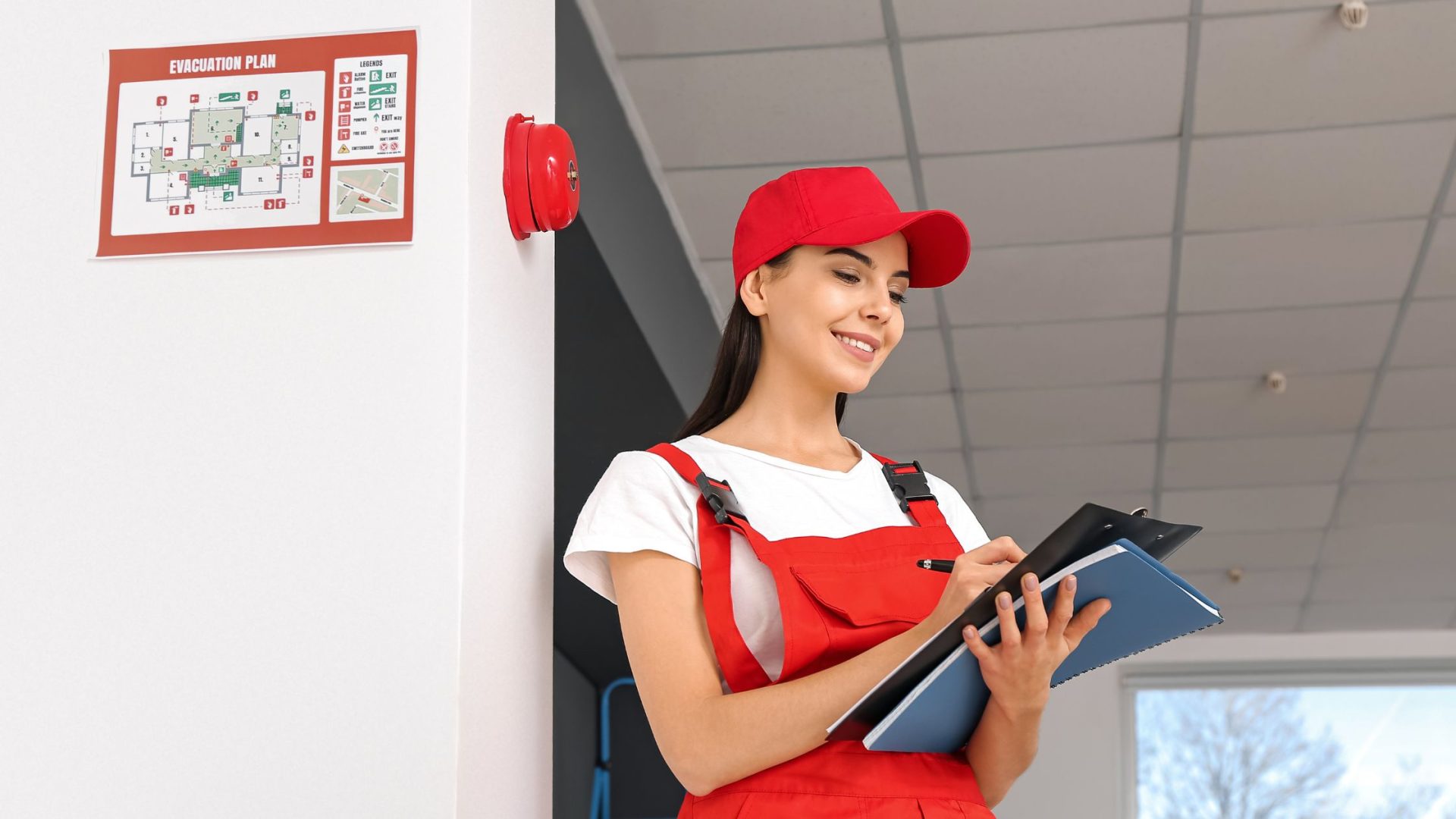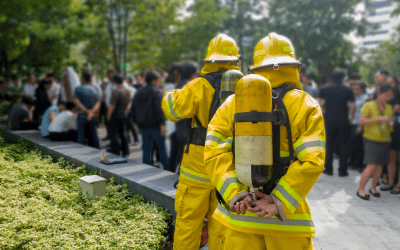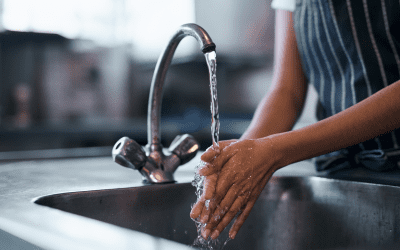
Do you have paying guests staying on your premises?
If so, the fire safety law applies to you, and you need to take action!
Follow these five critical steps to asses your fire risk and work out how to keep people and your premises safe.
Step 1 – What is a Fire Hazard?
To find out what could be a potential fire hazard, you need to go around your premises both inside and out and look for things that could potentially start a fire. Fire starts when heat comes into contact with fuel, e.g. anything that burns and oxygen in the air. Something to keep a look out for when you’re inspecting your premises includes:
- Naked Flames,
- Heaters,
- Electrical Equipment,
- Signs of Smoking,
- Matches,
- Anything else that gets very hot or causes sparks.
Areas that you should carefully look at include kitchens where people would be working near naked flames, laundry rooms and guest bedrooms as people may bring matches or candles and try to smoke in their room.
When doing your risk assessment, you should consider what items can burn and how quickly a fire could spread. An example of this would be laundry, curtains, furniture and cooking oil which would burn just as much as the more obvious fire hazard items such as petrol, paint, varnish, and white spirits.
Another common fire hazard is rubbish, which can quickly burn and spread to the rest of the premises. Both inside and outside of your building must be free from rubbish to prevent this from happening.
Step 2 – Who is at Risk?
When completing a fire safety risk assessment, you must consider who is at risk if a fire breaks out in the building. Within your hotel or B&B, several different groups of people are at risk if a fire breaks out, including your guests, staff, family, and yourself.
Some of these people may be at a higher risk than others; for example, young children, the elderly, or those with disabilities may be particularly vulnerable. People unfamiliar with your premise could also be a higher risk because they do not know how to exit the building if there is a fire.
Step 3 – What is your Plan to Keep People Safe?
From your finding in steps 1 and 2, you will now know what the hazards are and how you’d be able to remove or reduce them. It would be best if you now thought about keeping guests and staff safe in the event of a fire within the building.
One way to help to keep guests and staff safe while on your premises is ensuring that you have a fire detection alarm system which is regularly serviced to ensure that they are in good working order. These fire detection alarm systems will be placed throughout your building to alert all guests if a fire breaks out.
Another thing that is crucial in any business is to ensure that there are fire escape plans within all bedrooms of your hotel or B&B. This is just letting your guest navigate their way out of the burning building safely. Within your hotel or B&B, you should also have marked escape routes within the corridors to guide guests and staff to a safe location in as little time as possible.
These escape route signs should also be lit with emergency lighting to show the exits if the electricity goes out quickly. You should also ensure that all staff members know what to do if a fire breaks out.
Step 4 – Record, Plan and Train
When doing a fire safety risk assessment is good practice to keep a written log of any significant findings. This should include any fire hazards you have found and what you have done to reduce or remove them. It should also include any other action you’d like to take to improve your fire safety arrangements and when you plan to do it.
Step 5 – Maintain your Fire Risk Assessment
You should regularly look over your fire risk assessment and update it if necessary since this is a crucial part of helping to keep your guests and staff safe when they are on your premises. Over time your original risks may change, particularly if you change the layout of your building. If this happens, you must make a new risk assessment to show these to ensure that everyone is safe.
Disclaimer: This document is provided for information purposes only and does not constitute legal / fire safety advice. Each premise should review its procedures individually or seek out the advice of a Fire Safety Professional.
What you should do now?
Whenever you’re ready we are here … here are 3 ways we can help your hotel transform your fire safety procedure.
1. Claim your Free 60-minute Strategy Session. If you would like to work with us to streamline your business fire safety procedure, claim your FREE Strategy Session. During this session, we will review your current fire safety activities, compare them against industry norms, and create a tailored action plan for the next 90 days and 12 months. This will not only make your hotel a safer place but also empower you as a manager with a solid, actionable plan to implement.
2. If you’d like to learn more about keeping your business safe, go to our blog or visit our resources section, where you can download guides and templates used by hundreds of hotels.
3. If you know someone who’d enjoy reading this page, share it with them via email, Linkedin, Facebook, or Twitter.



